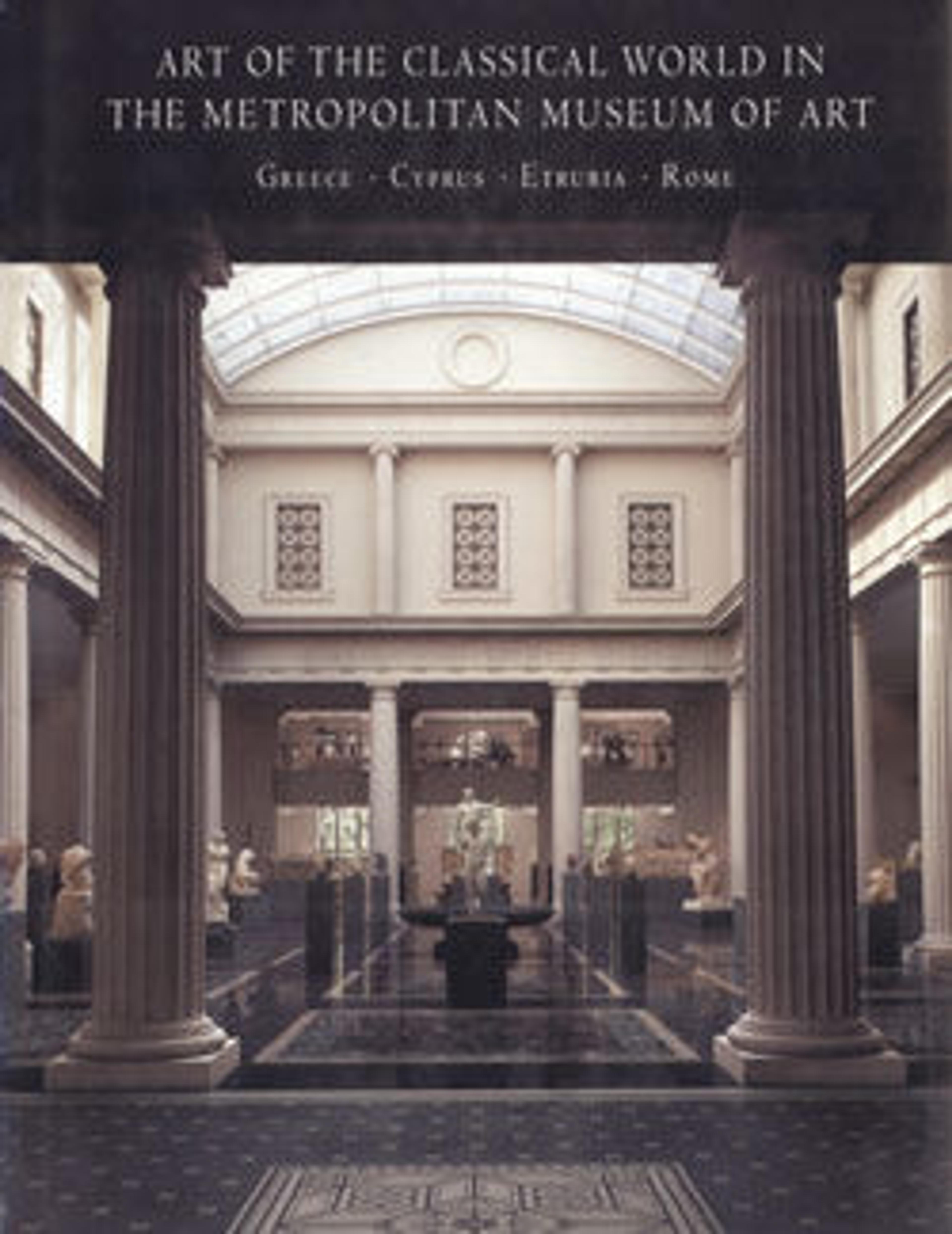Marble roof tiles from the Temple of Artemis at Sardis
These fragments have been pieced together to exemplify the size and arrangement of the original tiles used to roof the temple. In antiquity, most roof tiles were made of terracotta. The use of local marble for those of this massive temple is but one indication of its lavishness and of the tremendous expense afforded in its construction.
The tiles have the usual form of separate pan and cover tiles (see drawing) but are larger than most known roof tiles from mainland Greece. The flat pan tiles with raised rims were laid one next to the other, atop wooden rafters in overlapping rows. The triangular cover tiles fit over the raised rims of the pan tiles and protected the joints. The underside of the cover tiles have a knob at the front, and the tops of the corresponding cover tiles are notched at the back (see drawing). This measure ensured that the cover tiles fit together and did not slip out of place.
The tiles have the usual form of separate pan and cover tiles (see drawing) but are larger than most known roof tiles from mainland Greece. The flat pan tiles with raised rims were laid one next to the other, atop wooden rafters in overlapping rows. The triangular cover tiles fit over the raised rims of the pan tiles and protected the joints. The underside of the cover tiles have a knob at the front, and the tops of the corresponding cover tiles are notched at the back (see drawing). This measure ensured that the cover tiles fit together and did not slip out of place.
Artwork Details
- Title:Marble roof tiles from the Temple of Artemis at Sardis
- Period:Hellenistic
- Date:ca. early 3rd century BCE
- Culture:Greek
- Medium:Marble
- Dimensions:50 × 12 × 52 in., 550 lb. (127 × 30.5 × 132.1 cm, 249.5 kg)
- Classification:Stone Sculpture
- Credit Line:Gift of The American Society for the Excavation of Sardis, 1926
- Object Number:26.59.10
- Curatorial Department: Greek and Roman Art
Audio
1228. Overview: Sardis Architecture, Part 1
0:00
0:00
We're sorry, the transcript for this audio track is not available at this time. Please email info@metmuseum.org to request a transcript for this track.
Listen to more about this artwork
More Artwork
Research Resources
The Met provides unparalleled resources for research and welcomes an international community of students and scholars. The Met's Open Access API is where creators and researchers can connect to the The Met collection. Open Access data and public domain images are available for unrestricted commercial and noncommercial use without permission or fee.
To request images under copyright and other restrictions, please use this Image Request form.
Feedback
We continue to research and examine historical and cultural context for objects in The Met collection. If you have comments or questions about this object record, please contact us using the form below. The Museum looks forward to receiving your comments.
